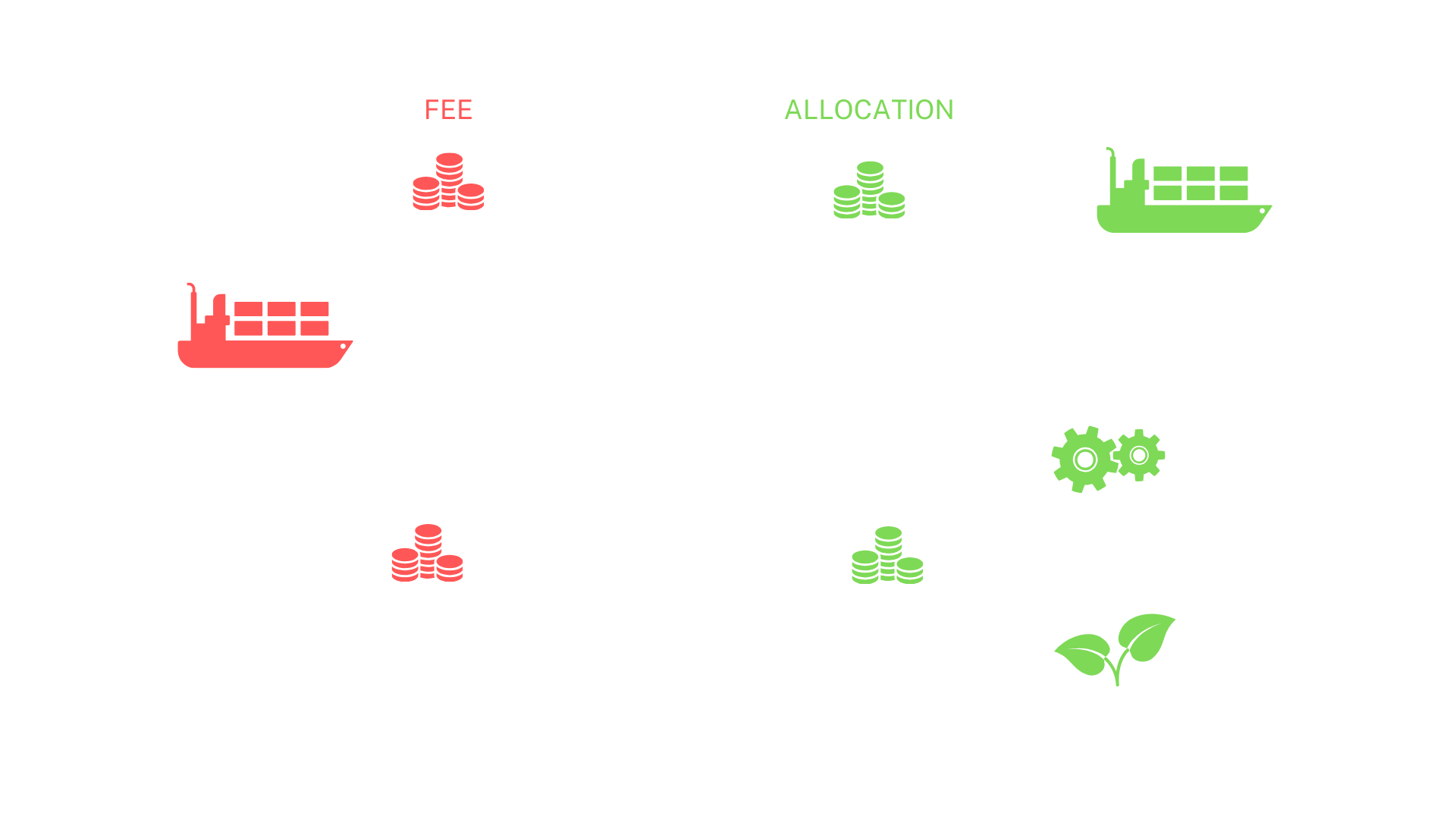
Delivering net zero by 2050 with the Green Balance Mechanism
We see the catastrophic effects of climate change every day, and as a significant emitter of greenhouse gases, the shipping industry must do its part and decarbonise by 2050.
Container and vehicle carriers are building and already operating vessels that can run on the greenest fuels, but those fuels cost 3 to 4 times more, and the supply is only a fraction of what is needed.
Global climate regulations are necessary to make it possible for carriers to operate on green fuels, and to incentivize fuel and energy providers to invest in new production capacity.
An effective and efficient approach to greenhouse gas pricing
The WSC Green Balance Mechanism is a new approach to the IMO Technical Measure which makes it possible to close the price gap between fossil fuels and green fuels, at the lowest possible overall cost.
The Green Balance Mechanism is fully integrated with a greenhouse gas fuel-intensity standard.
The Green Balance Mechanism applies a fee on fossil fuels and then allocates the funds to green fuels so that the average cost of fuel is roughly equal.
The fees and allocation of funds are calculated each year, based on the amount of green fuel use and market prices, balancing out the cost across very different fuels.
The greater the greenhouse gas emission reductions a fuel delivers – on a well-to-wake lifecycle basis – the greater the financial allocation received.
This accelerates the uptake of the greenest fuels, delivering the deepest greenhouse gas reductions. At the same time, all fuels that deliver greenhouse gas reductions above the standards established in the Green Balance Mechanism receive some allocation, proportional to their greenhouse gas emission reduction. •
The emissions reductions required for a fuel to receive an allocation would follow the IMO commitments to decarbonisation over time, starting at a reduction of 65% compared to fossil fuels and increasing in stringency to reach the 2050 net-zero goal.
The Green Balance Mechanism includes a framework to create a parallel ‘IMO Net-Zero Fund’ to raise funds for Research, Development & Demonstration projects and climate mitigation initiatives, to provide a just and equitable transition.
The Green Balance Mechanism makes it attractive for ship owners and energy providers to invest in fuels and technologies delivering deep greenhouse gas reductions from the start .
Production of the cleanest fuels will grow more quickly, accelerating economies of scale to push down the cost of green fuels and reduce the cost of the transition as a whole.
Accelerating the transition,
at the lowest possible cost
Standing united for decarbonisation.
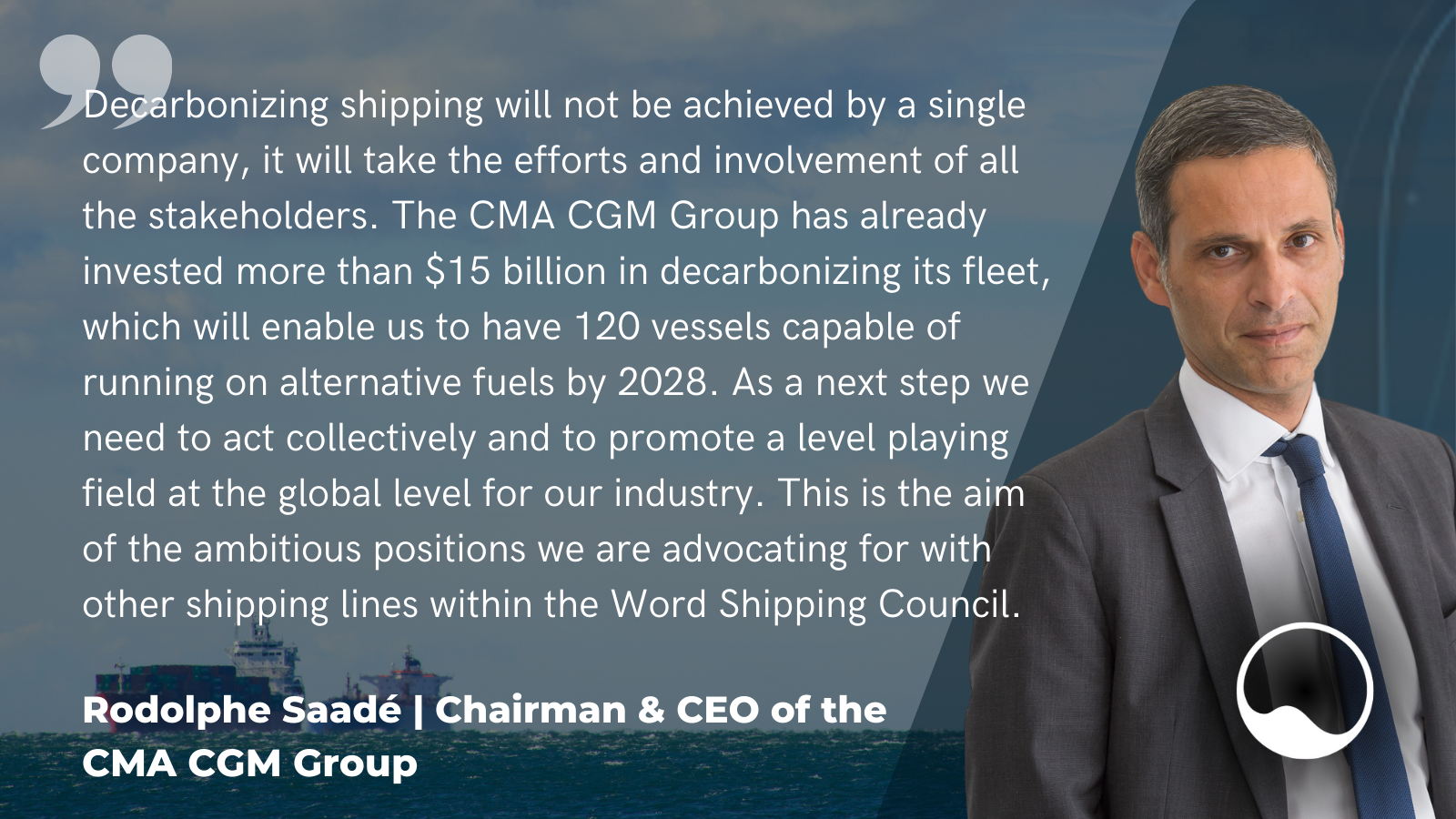
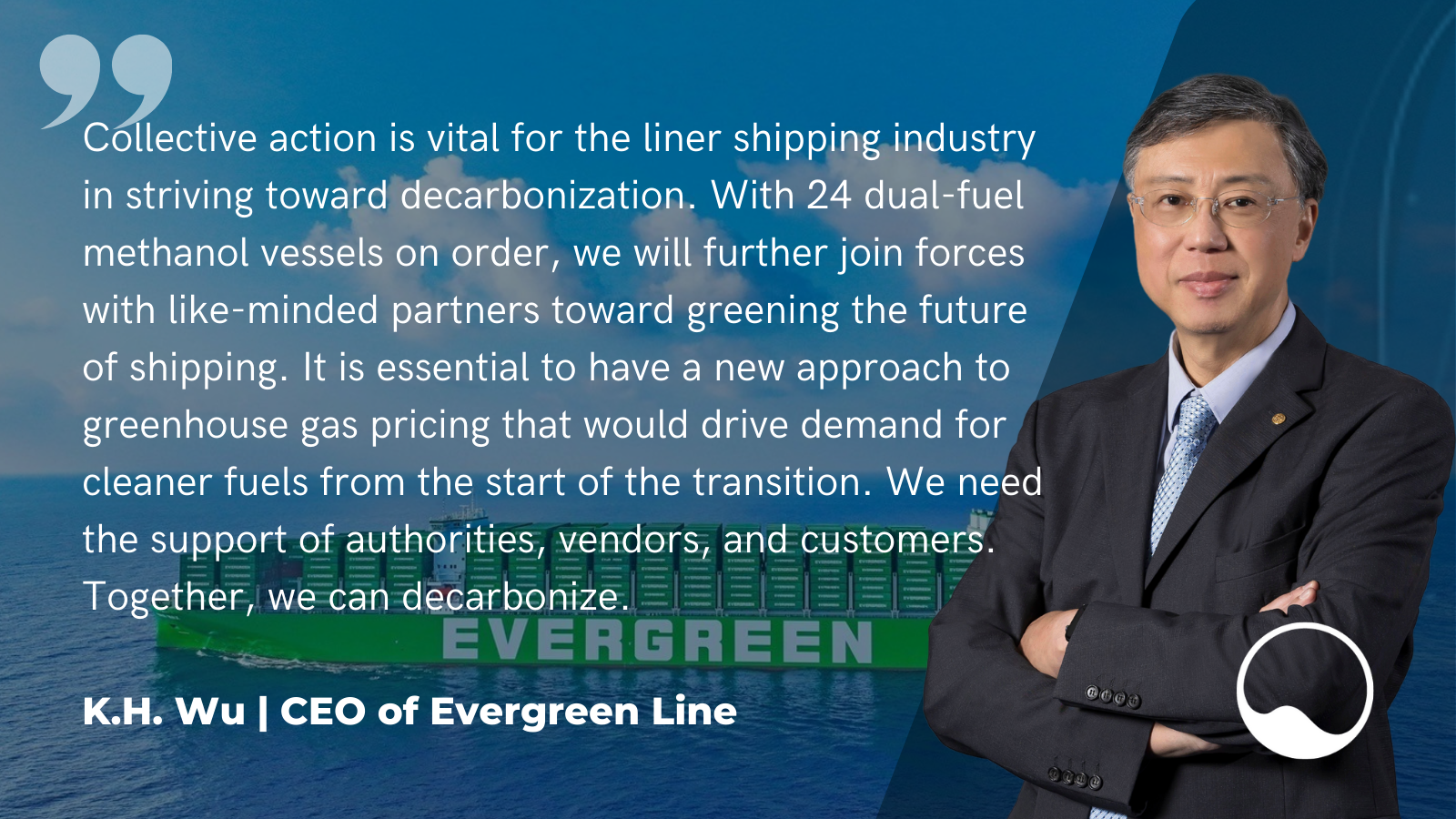
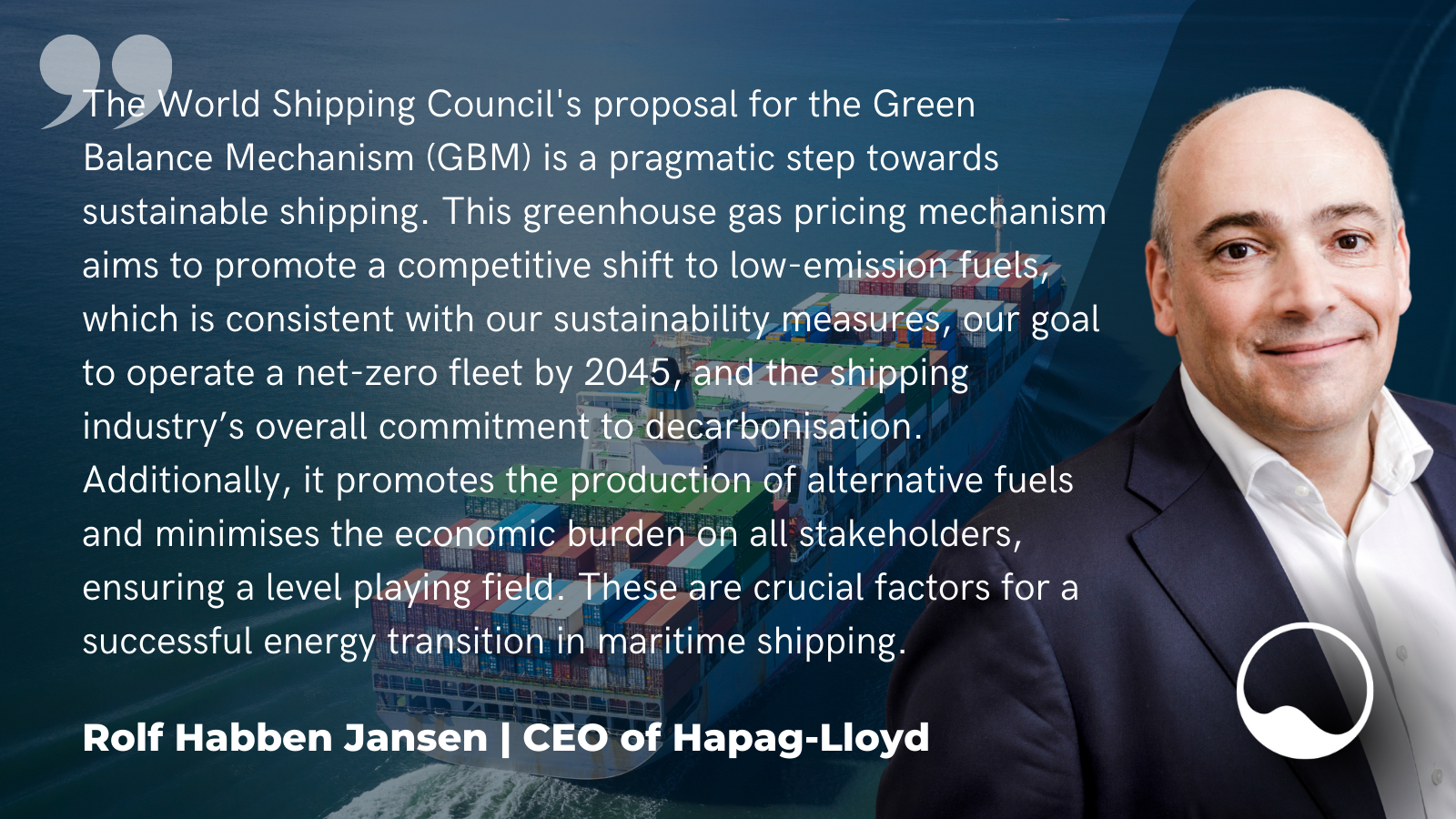
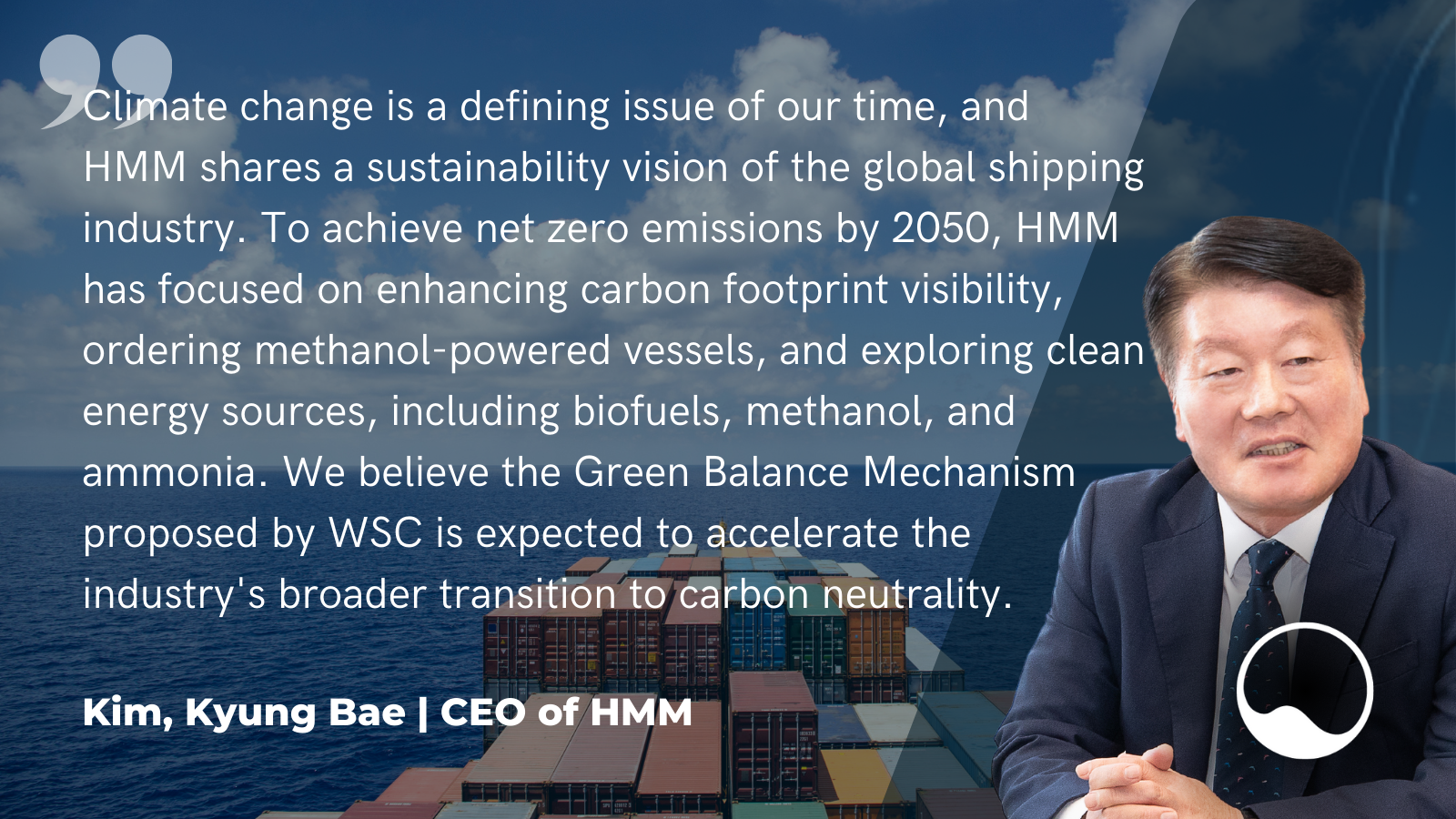

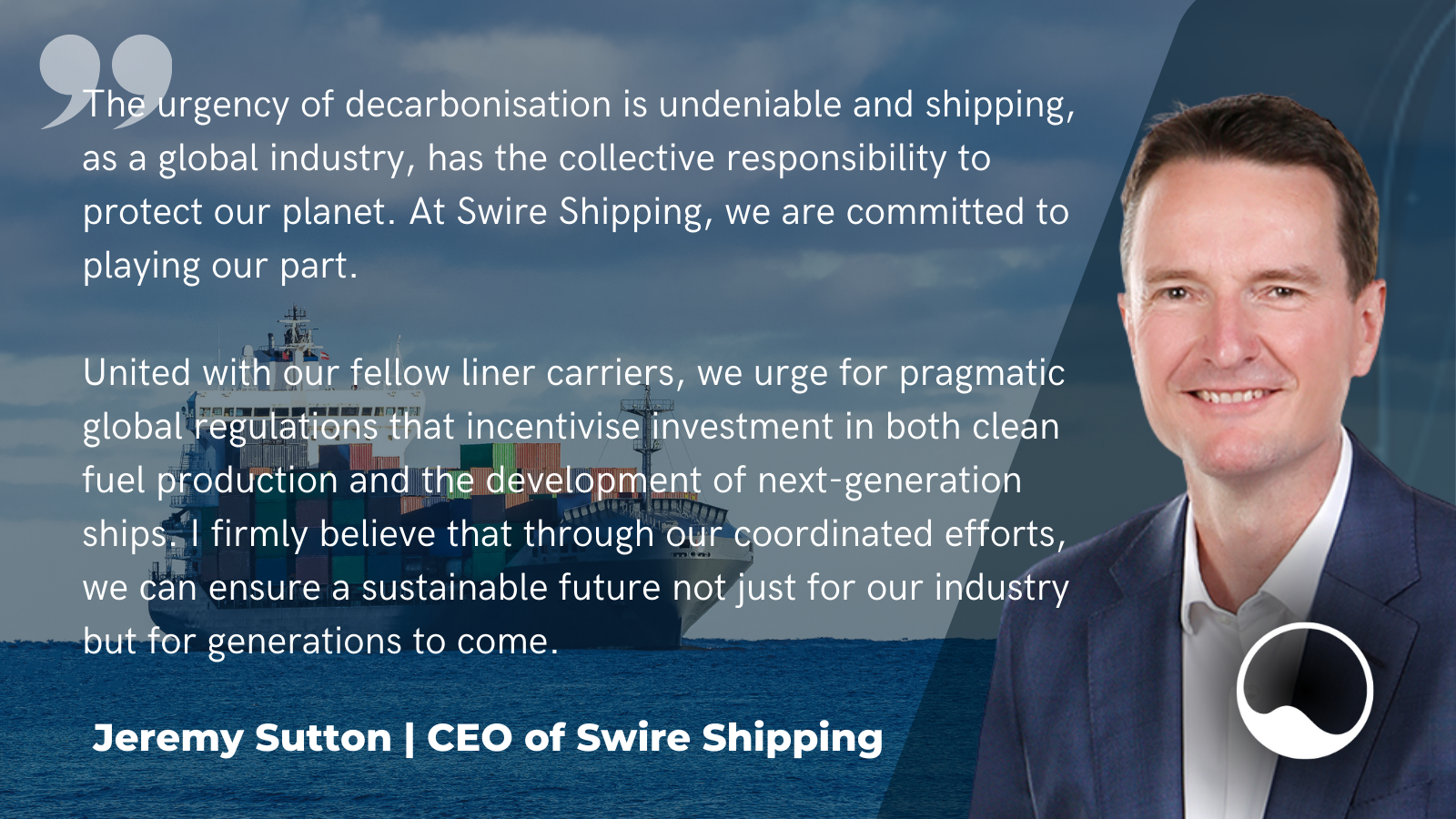
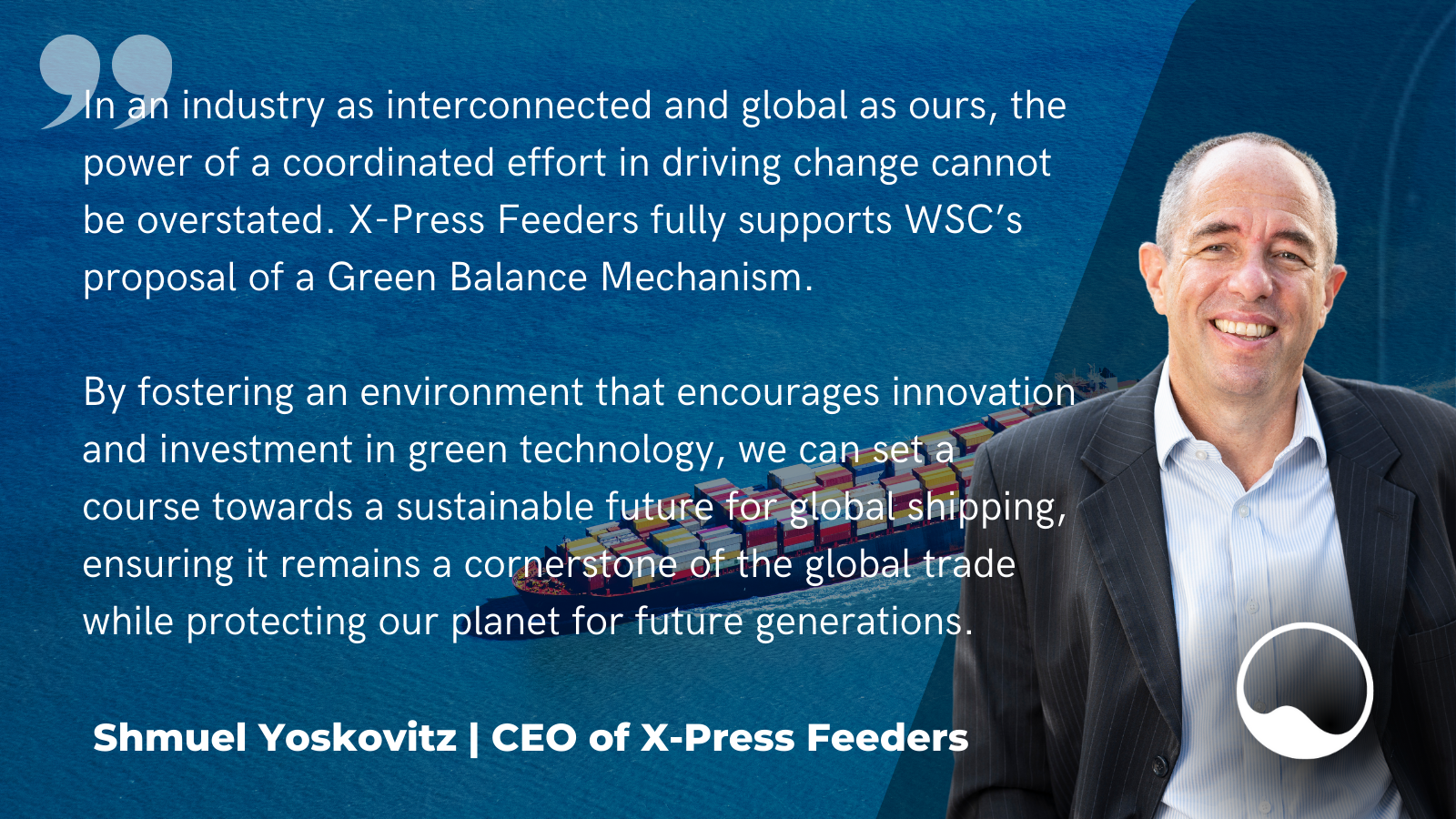
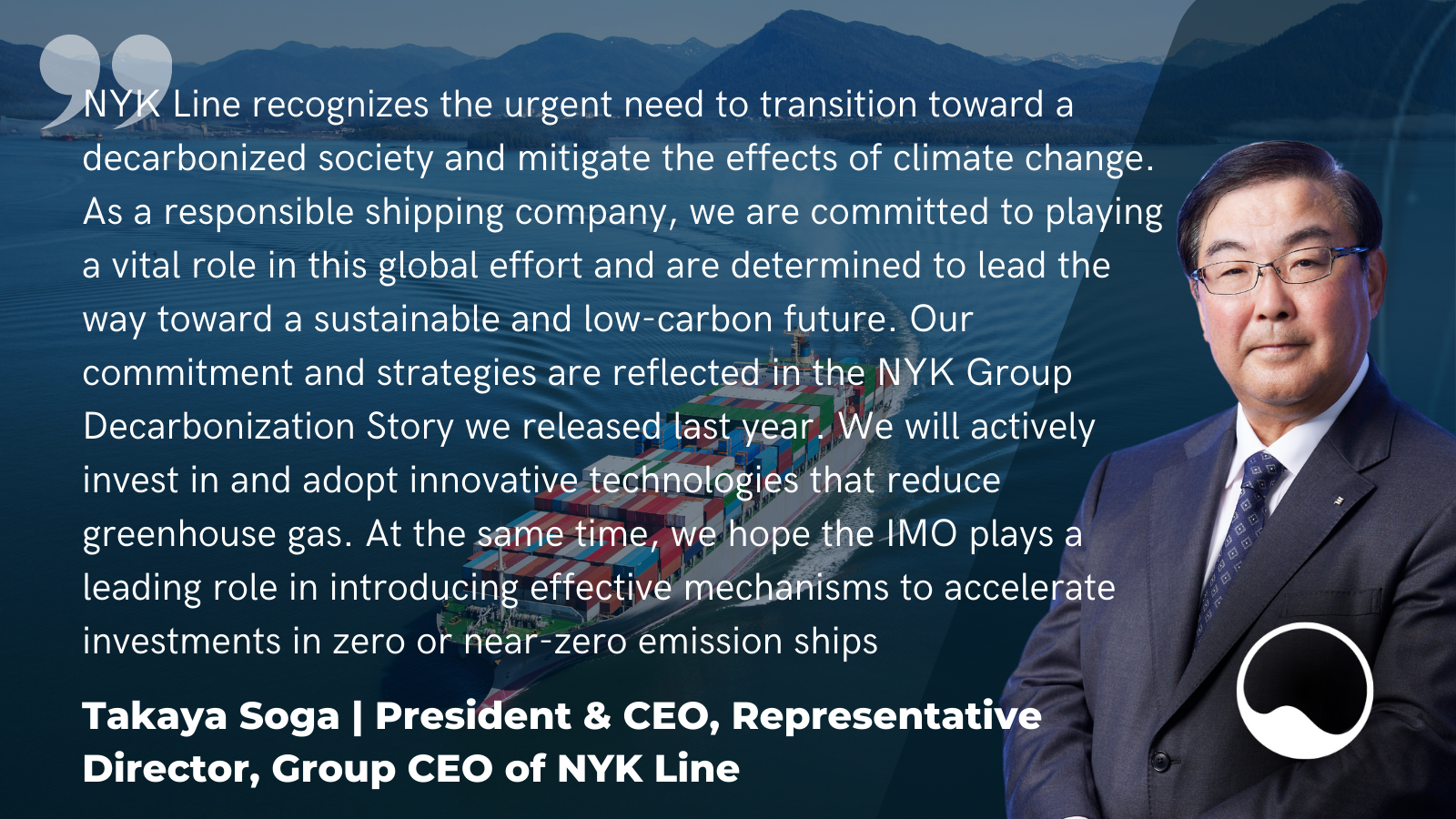
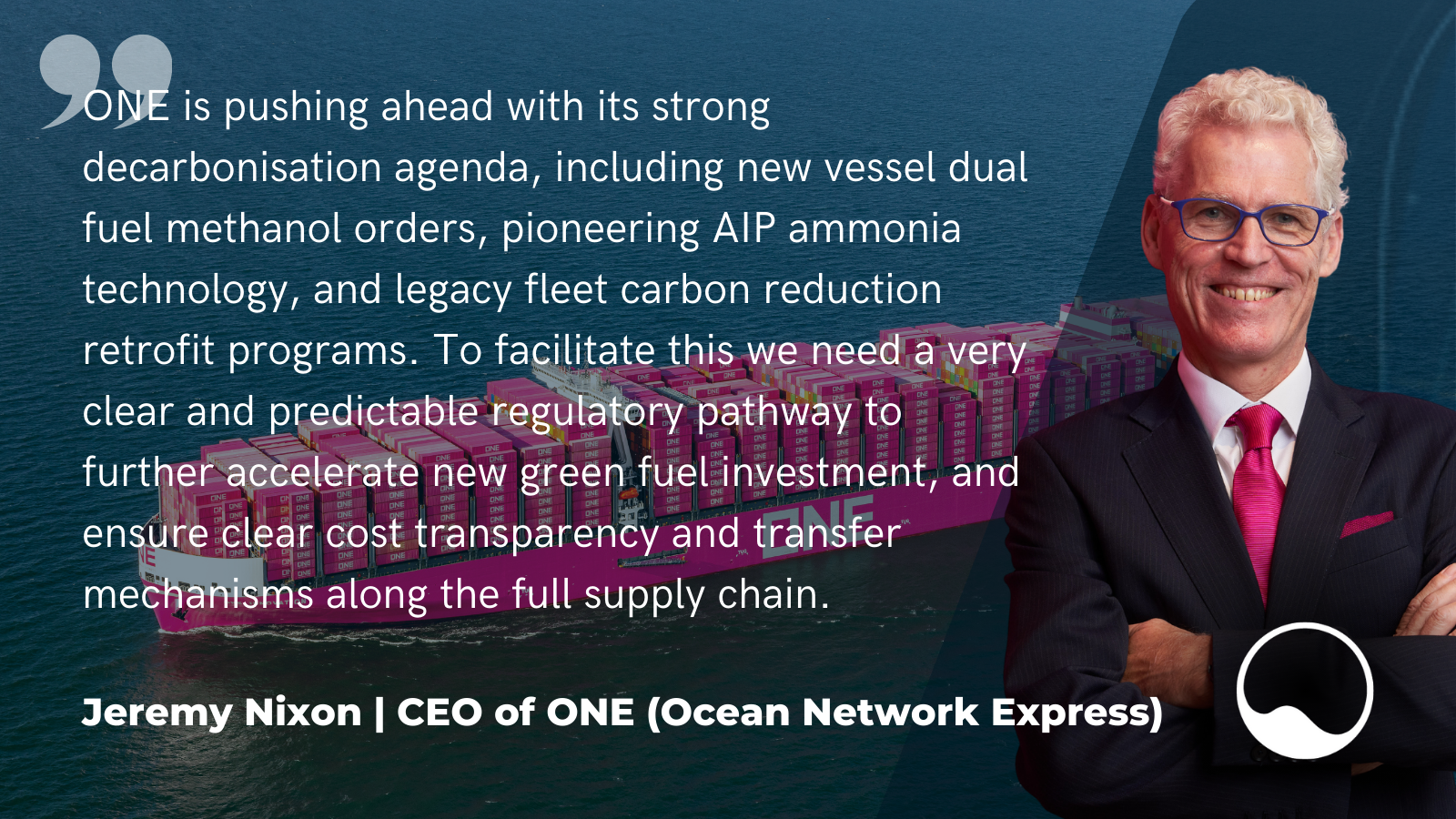

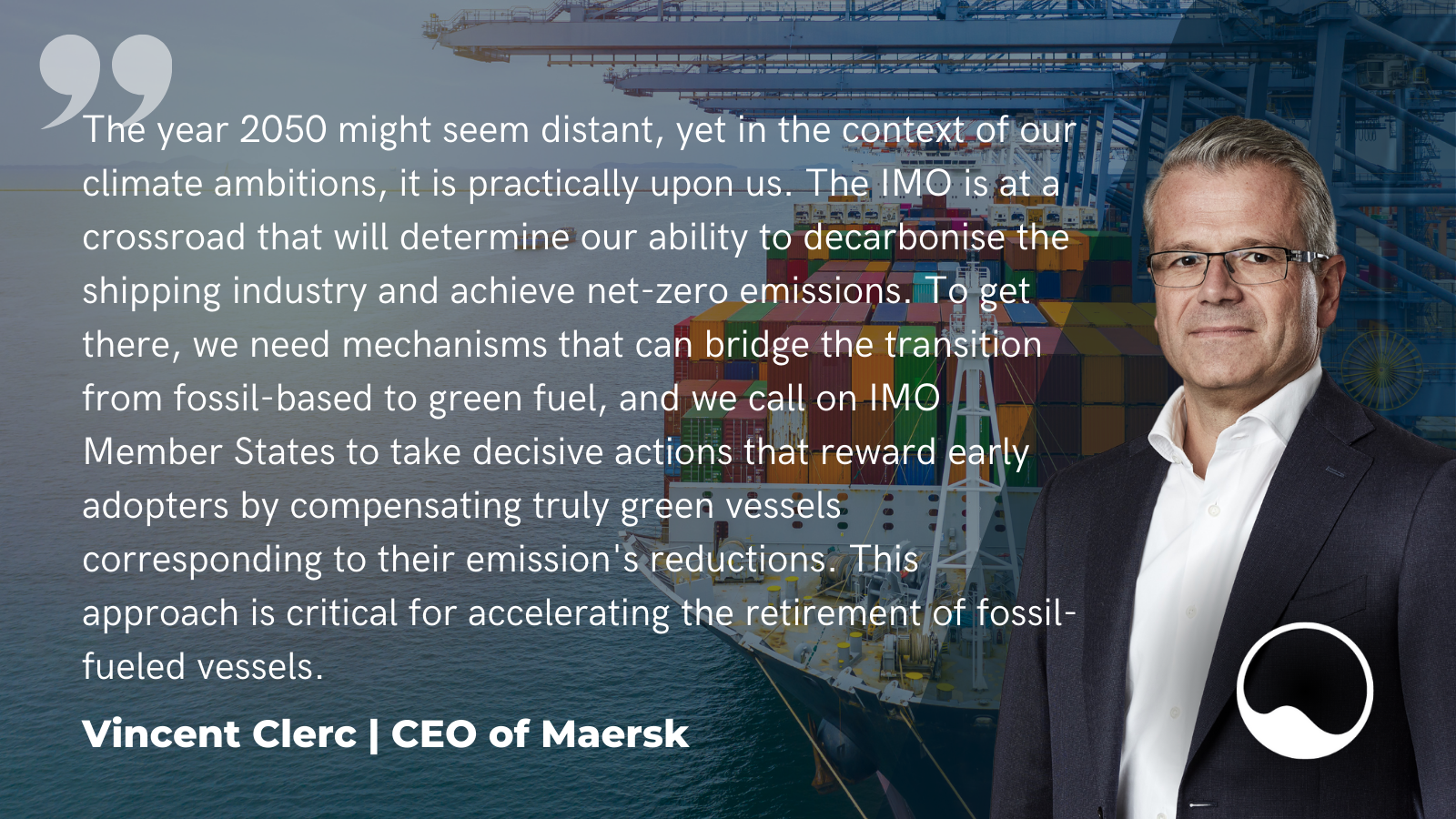
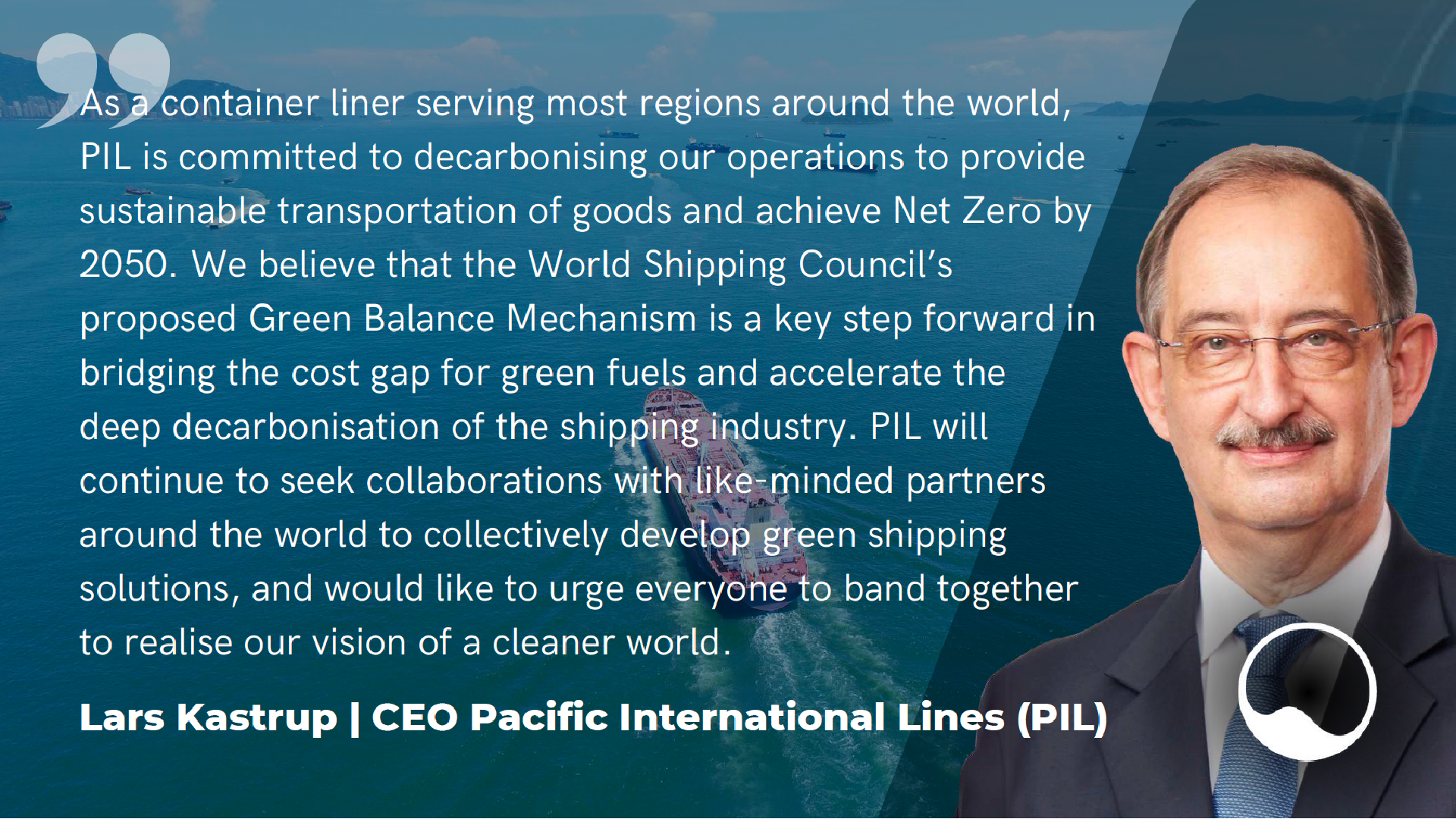
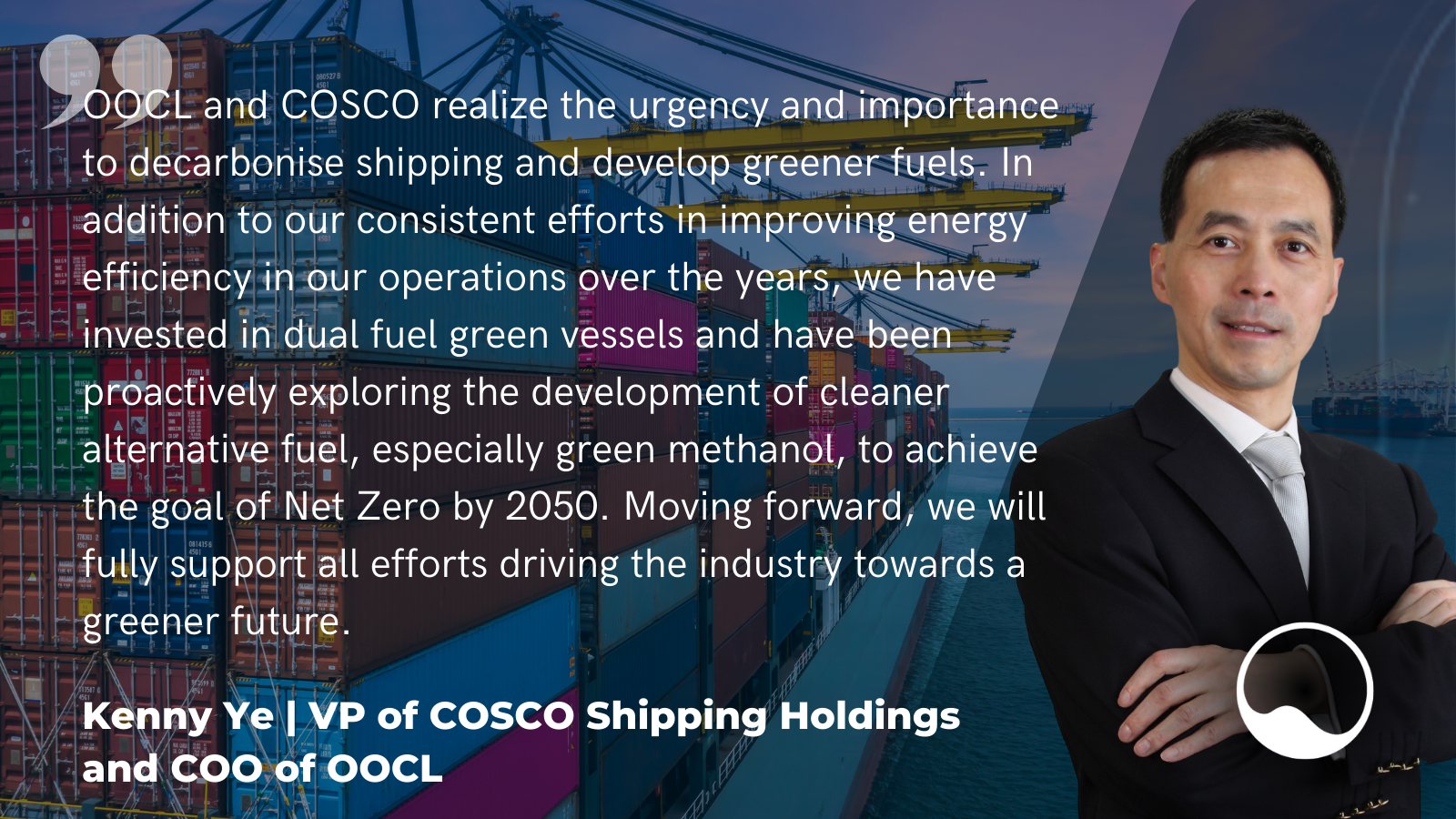

Learn more
The Green Balance Mechanism will achieve the most important task of a greenhouse gas pricing mechanism, completely closing the price gap between fossil fuels and green fuels, making it possible for carriers to operate on fuels that deliver the deepest greenhouse gas reductions from the very start.
This creates a powerful incentive for fuel providers to invest in green energy and fuel supply, accelerating the economies of scale that will push down cost of production and price.
As the Green Balance Mechanism only charges the minimum fee necessary to offset the price differential in a given year, it adds the lowest possible cost to transportation.
Switching from fossil fuels to green energy sources for the engine of global trade will take time and require massive private and public investments. It is our shared responsibility to make sure we meet the needs of our climate, in a way that minimises the cost for the global economy.
To make it in time for future generations, we cannot afford to delay – liner shipping is fully on-board and will support the IMO member states in ensuring the necessary regulations are developed by 2025, and operational by 2027.
Learn more about effective and efficient climate regulations

